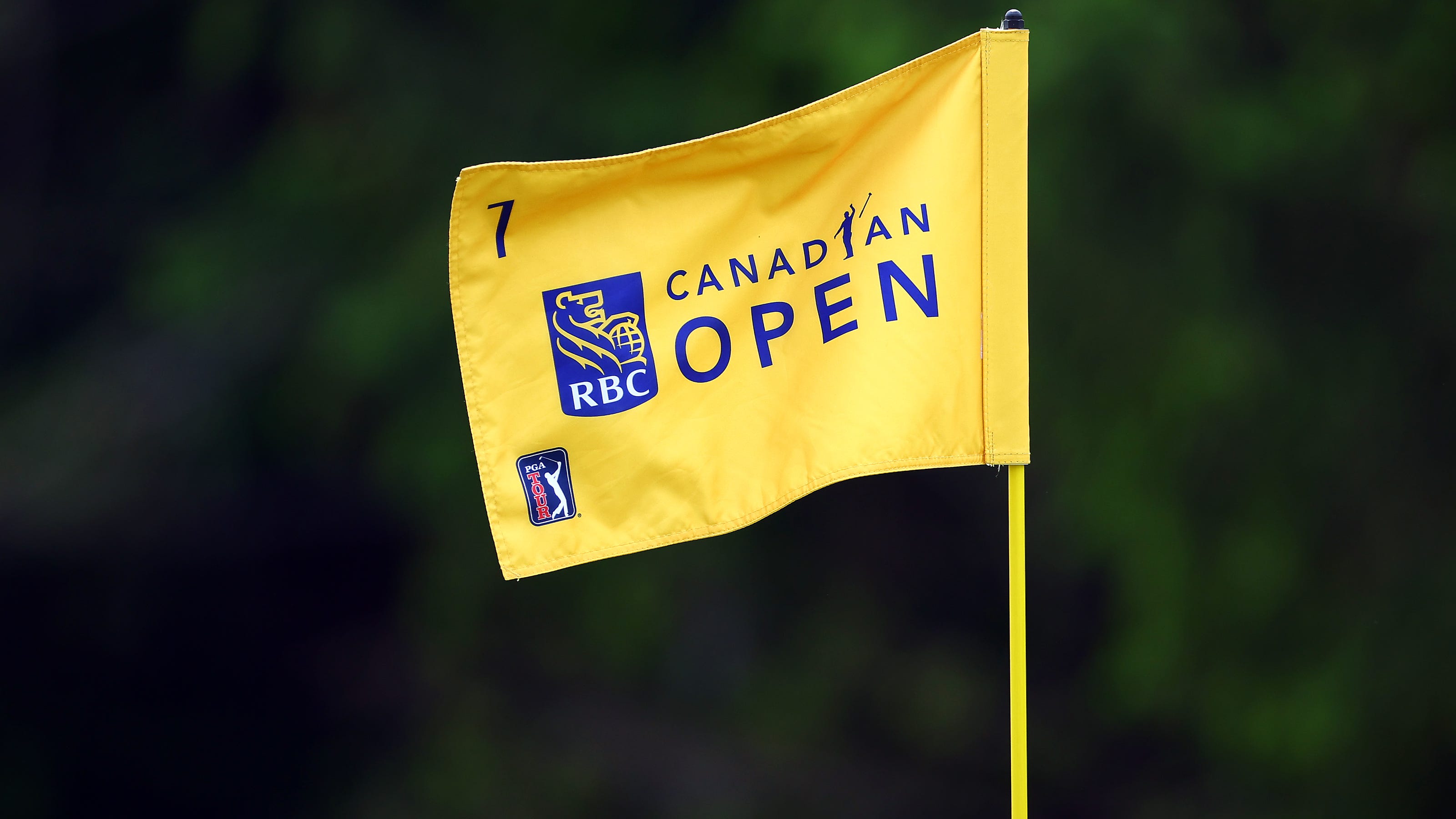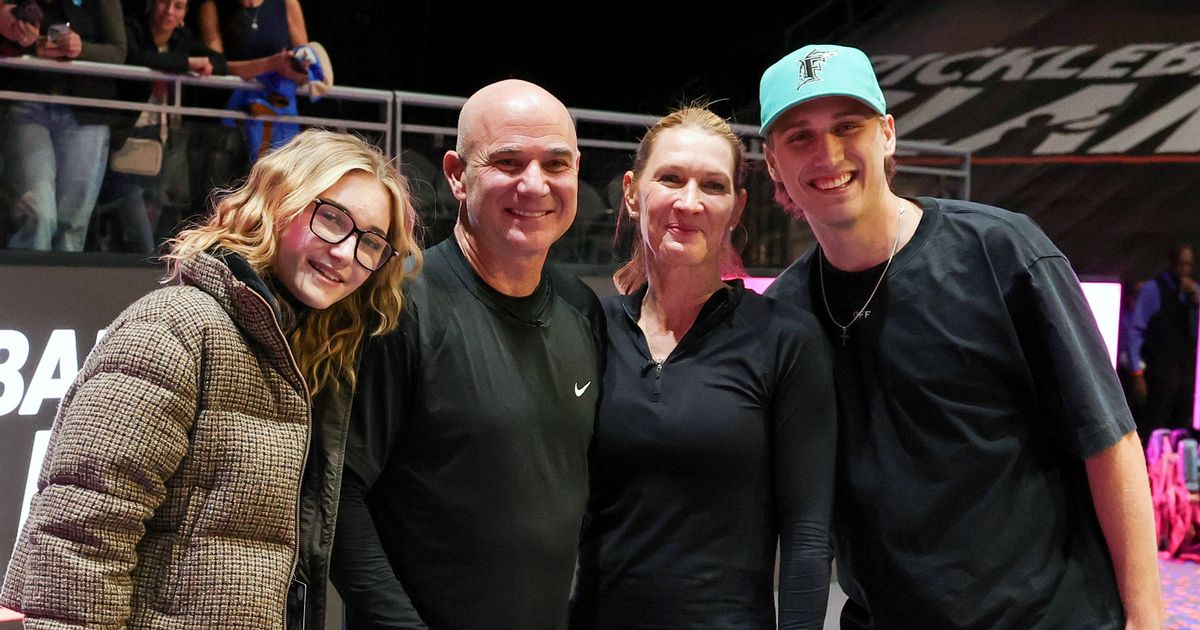Understanding Roland Garros: Clay Court Tennis Explained

Welcome to your ultimate source for breaking news, trending updates, and in-depth stories from around the world. Whether it's politics, technology, entertainment, sports, or lifestyle, we bring you real-time updates that keep you informed and ahead of the curve.
Our team works tirelessly to ensure you never miss a moment. From the latest developments in global events to the most talked-about topics on social media, our news platform is designed to deliver accurate and timely information, all in one place.
Stay in the know and join thousands of readers who trust us for reliable, up-to-date content. Explore our expertly curated articles and dive deeper into the stories that matter to you. Visit Best Website now and be part of the conversation. Don't miss out on the headlines that shape our world!
Table of Contents
Understanding Roland Garros: Clay Court Tennis Explained
Roland Garros, the prestigious French Open, stands as a unique challenge in the world of professional tennis. Unlike the faster surfaces of Wimbledon's grass or the hard courts of the US Open and Australian Open, Roland Garros unfolds on clay – a surface that demands a different skillset and strategy entirely. This article delves into the intricacies of clay court tennis and explains why Roland Garros is so distinctive.
The Unique Nature of Clay Courts
Clay courts, often referred to as "red clay," are made of crushed brick or shale. This material creates a slower, higher-bouncing surface compared to hard courts or grass. This inherent difference significantly impacts the game's dynamics:
- Slower Pace: The ball's speed is reduced, leading to longer rallies and more strategic exchanges. Players need to be exceptionally patient and precise.
- Higher Bounce: The high bounce necessitates a different stroke technique, demanding more topspin to control the ball's trajectory and prevent it from sailing long.
- Increased Slide and Grip: Clay's texture allows players to slide into shots, generating significant power and angles. However, specialized shoes with good grip are essential to prevent slipping.
- Increased Court Coverage: The slower pace means players cover more ground, making fitness and stamina crucial factors.
Key Differences from Other Surfaces
Compared to hard courts (like those used in the US Open), clay courts require a more tactical approach. The slower pace allows for more strategic shot placement and court positioning. Grass courts, meanwhile, favor serve-and-volley tactics due to the ball's speed and low bounce. Understanding these differences is crucial to appreciating the nuances of each Grand Slam tournament. For example, a player who excels on the faster hard courts might struggle with the demanding rhythm of clay.
Strategies for Success on Clay
Mastering clay court tennis demands specific adaptations:
- Topspin: Generating significant topspin is paramount to controlling the ball's trajectory and achieving consistent depth.
- Court Positioning: Strategic court positioning is crucial for creating angles and dictating the point.
- Footwork: Agile footwork and the ability to slide effectively are essential for covering the court and executing shots effectively.
- Patience: Clay court matches often feature lengthy rallies, requiring patience and mental fortitude.
Roland Garros: The King of Clay
Roland Garros, held annually in Paris, is the only Grand Slam tournament played exclusively on clay. This makes it a highly anticipated event for players who excel on this surface, and a significant test for those who don't. The tournament's rich history and unique atmosphere add to its legendary status. Many consider winning at Roland Garros the ultimate achievement in clay court tennis.
Beyond the Court: The Roland Garros Experience
Beyond the thrilling matches, Roland Garros offers a captivating experience for spectators. The charming Parisian setting, combined with the tournament's prestigious history, creates an unforgettable atmosphere. From the iconic Philippe-Chatrier court to the vibrant atmosphere of the grounds, a visit to Roland Garros is a must for any tennis enthusiast.
Conclusion:
Understanding the complexities of clay court tennis is key to appreciating the skill and strategy required to succeed at Roland Garros. The slower pace, higher bounce, and increased court coverage demand a unique approach, making this Grand Slam a truly special event in the world of professional tennis. So, the next time you tune in to watch the French Open, remember the unique challenges and rewards presented by the iconic red clay courts.

Thank you for visiting our website, your trusted source for the latest updates and in-depth coverage on Understanding Roland Garros: Clay Court Tennis Explained. We're committed to keeping you informed with timely and accurate information to meet your curiosity and needs.
If you have any questions, suggestions, or feedback, we'd love to hear from you. Your insights are valuable to us and help us improve to serve you better. Feel free to reach out through our contact page.
Don't forget to bookmark our website and check back regularly for the latest headlines and trending topics. See you next time, and thank you for being part of our growing community!
Featured Posts
-
 Rbc Canadian Open 2025 A Deep Dive Into Player Winnings
Jun 08, 2025
Rbc Canadian Open 2025 A Deep Dive Into Player Winnings
Jun 08, 2025 -
 Serena Williams Late Night Out Adorable Twinning Moment With Daughter Adira
Jun 08, 2025
Serena Williams Late Night Out Adorable Twinning Moment With Daughter Adira
Jun 08, 2025 -
 Airline Negligence Alleged After Drunken Passenger Attack On Elderly Woman
Jun 08, 2025
Airline Negligence Alleged After Drunken Passenger Attack On Elderly Woman
Jun 08, 2025 -
 Musk Vs Trump Assessing The Impact On The Future Of Technology And Politics
Jun 08, 2025
Musk Vs Trump Assessing The Impact On The Future Of Technology And Politics
Jun 08, 2025 -
 Jaden Gil And Jaz Agassi Stepping Out Of Their Famous Parents Shadows
Jun 08, 2025
Jaden Gil And Jaz Agassi Stepping Out Of Their Famous Parents Shadows
Jun 08, 2025
